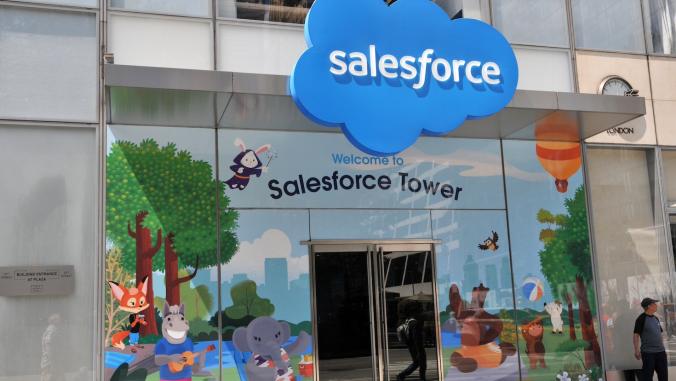The case for natural capital accounting
<p>Estimated costs for resources such as clean water and breathable air are more than $1 trillion, and counting.</p>

Few companies today account in their financial statements for the value of natural capital — resources such as clean water, tillable soil, breathable air and other resources that are often taken for granted or assumed to be free.
But if those costs were tallied globally, the liability would be considerably more than $1 trillion, according to a new index included in the sixth annual State of Green Business report published on Tuesday. Total natural capital costs related to U.S. firms are approximately $351.6 billion.
"If there is one thing to take away here, it is that if companies had to pay the real cost of natural capital, it would eat significantly into profits," said Joel Makower, chairman and executive editor of GreenBiz Group, in a recent GreenBiz webcast discussing the findings.
The report, produced in collaboration with research firm Trucost, includes perhaps one of the most comprehensive indices of natural capital impacts compiled to date. It combines company-disclosed data from more than 4,000 businesses worldwide with external factors such as emissions or water usage to calculate the environmental impact relative to financial performance.
The index poses the question: "If a company actually had to pay for its impacts on natural capital, what would it cost and how would that affect the company's profitability?"
Here's the answer: Total environmental costs as a percent of revenue are an average of 3.66 percent for U.S. companies and 3.76 percent for global firm.
If you look at the bottom line, however, the results are far more concerning: For U.S. companies, environmental costs are about 41 percent of net income, compared with 52 percent for the global firms used for the research.
"If you had to actually pay for air pollution or pay for water as it relates to its scarcity, it would have a very significant impact," said Richard Mattison, Trucost CEO, during the GreenBiz webcast.
What's At Risk
One development that could change matters is the Natural Capital Declaration signed by 39 global financial institutions in September 2012, calling for methodologies that integrate these considerations in financial decisions. In the future, for example, a business may be required to disclose its impacts on water quality, soil erosion or flood protection in order to receive a loan.
“Factoring capital into the bottom line is about bringing the real wealth of the planet from the invisible into the visible spectrum in order to tip the balance from degradation towards sustainable management for communities, businesses and countries," said Achim Steiner, the U.N. Environment Program executive director and undersecretary general, when the declaration was announced.
Certain industries have more direct control over natural capital costs than others. Chemicals, utility and oil and gas companies, for example, are responsible for most of their impact, according to the research in the new State of Green Business report. Other sectors, such as food and beverages, financial and services, and telecommunications will show most of their impacts through supply chain partners.
One area where disclosure will play an increasingly critical role relates to water consumption, said Mattison. In most regions, the price of water is out of sync with its actual scarcity, despite a growing focus on conservation by many of the companies considered in the new report.
If you look at water intensity — the cubic meters of water used per million dollars of U.S. revenue — the numbers actually look pretty good: U.S. firms reduced their intensity by an average of 17 percent between 2007 and 2011, while global firms managed a 15 percent reduction.
But in absolute terms, companies did not substantially reduce their water footprints during that time frame, according to the report.
"The ecosystem responds to absolute, not relative impacts," said Mattison. "In absolute terms, water use hasn't changed."
Photo of trees provided by Bruce Rolff/Shutterstock
Certainly, the flagrant misuse of natural capital represents a significant risk. Mattison cites the example of China's excessive clear-cutting timber harvest policies, which decimated its forests and completed disrupted the water cycle there. The ripple effect was enormous, with an estimated $30 billion in losses to its gross domestic product in a single year after the Yellow River dried up.
A more recent example of the potential impact centers on the Mississippi River, in the form of dredging operations that have been necessary to keep the waterway open during the historic U.S. drought this year.
But smart companies can also use knowledge of their natural capital exposure to make informed decisions that keep them ahead of the competition. Mattison uses the example of a food company using detailed visibility into water scarcity trends to lock in future supplies from another region of the world entirely.
This isn't just a good idea from the planet's point of view; it could also help that company keep its costs lower than those of the competition.
"Using a lens of natural capital can allow businesses to prepare to meet that demand in a way that is as efficient as possible," Mattison said.
For more on the implications of embracing natural capital accounting, watch this GreenBiz video with Makower and Mattison.





